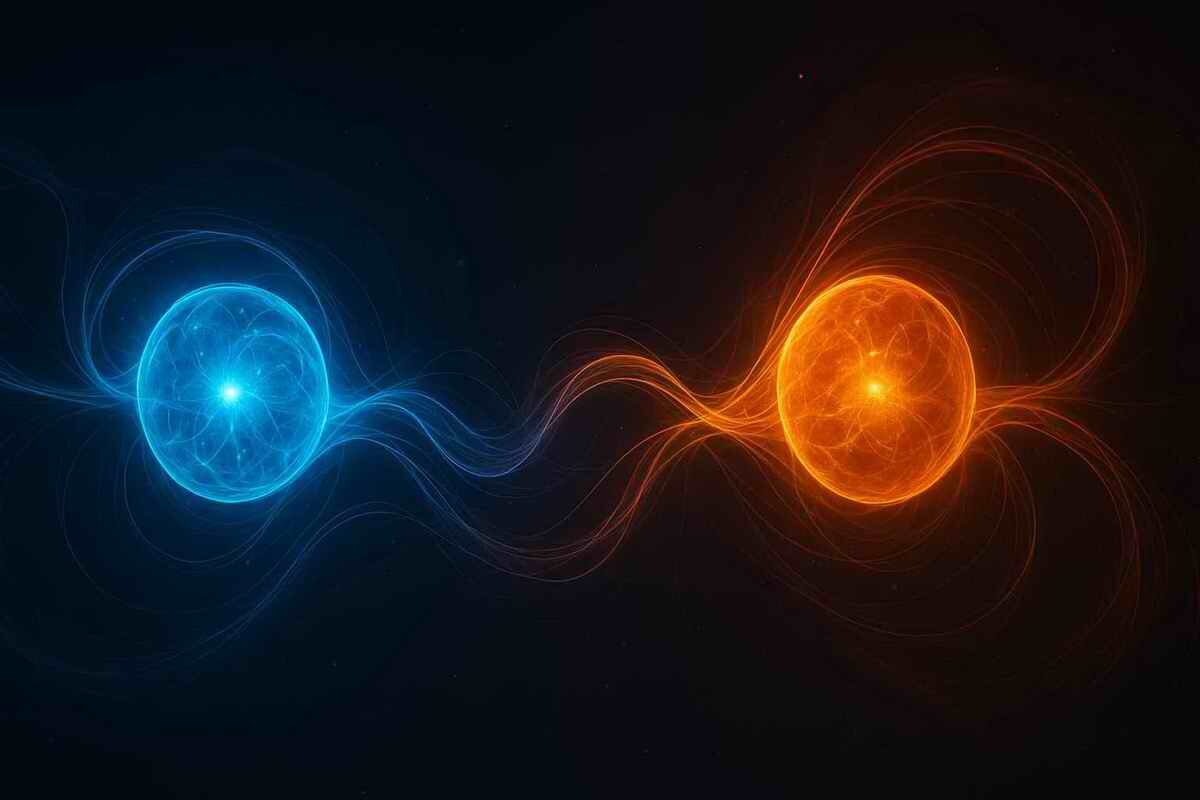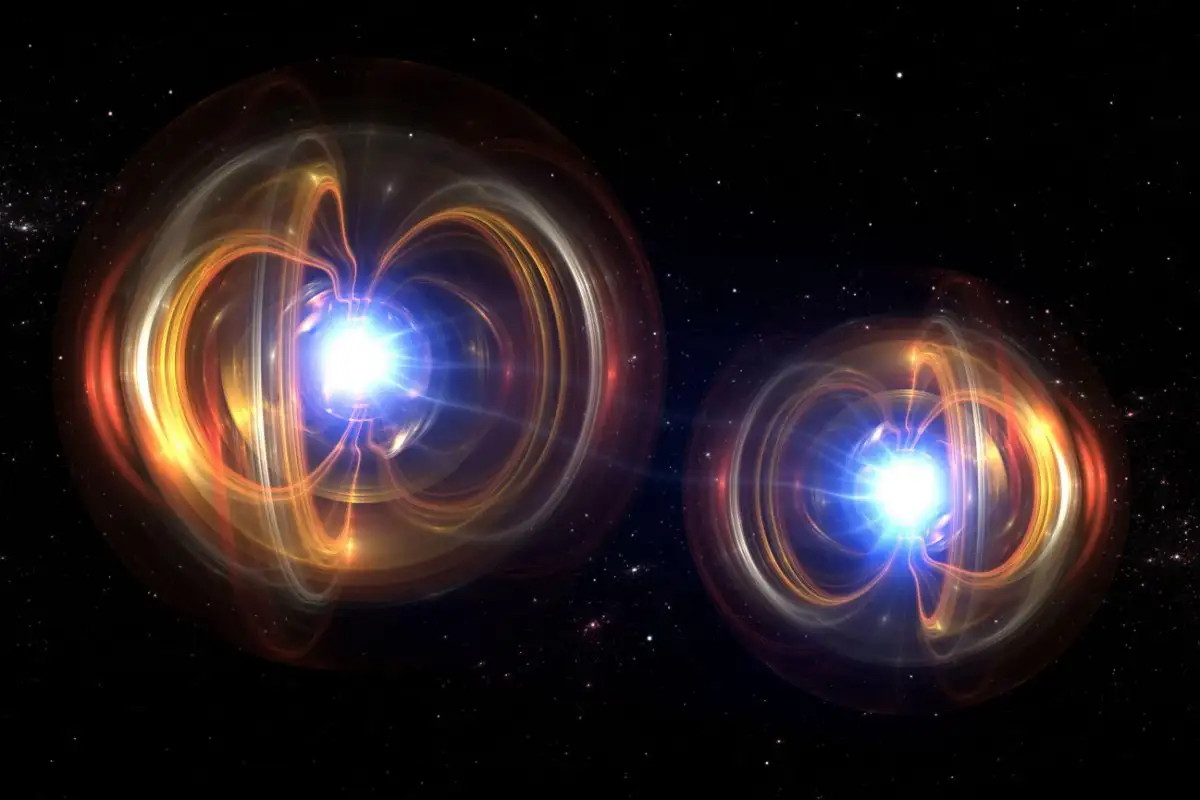A simplified computer model created by physicists has shown that quantum entanglement may underlie the incredible efficiency of photosynthesis.
This suggests that natural systems may outperform artificial counterparts by exploiting quantum effects
A team of physicists from Rice University (USA) has come closer to unravelling one of nature’s mysteries. It turns out that plants can use quantum effects to instantly transfer energy during photosynthesis, which explains the incredible efficiency of this process.
Scientists spent several months creating detailed computer models of molecular structures. They developed a virtual system consisting of a donor that absorbs light energy and an acceptor that receives it. Between them was a complex network of twelve intermediate conductor molecules.
The results of the modelling exceeded expectations. When energy was distributed among several molecules simultaneously due to quantum entanglement, its transfer to the final destination was accelerated by 30-40% compared to the usual mechanism. The system remained stable even when external disturbances were added, such as thermal noise and electromagnetic perturbations.
Professor Guido Pagano, head of the research team, explains:
‘It’s like instead of having one courier pushing through a crowd, we would use a group of interconnected people who can instantly pass information to each other.’
The experiments were conducted under conditions as close to real life as possible. The scientists simulated a temperature of 25°C, normal atmospheric pressure, and took into account random molecular vibrations — everything that constantly occurs in a living plant during photosynthesis.
For decades, biologists have been unable to explain why natural systems demonstrate such high efficiency in converting light. Conventional physical laws did not provide an answer as to why energy losses in plant leaves are only 2-3%, while in the best artificial solar cells they reach 25%.
Diego Falas Padilla, lead author of the study:
‘We observe a direct relationship between the degree of quantum entanglement and the speed of energy transfer. The more strongly the particles are bound, the faster the energy finds its way to its destination.’
The practical application of this discovery is already being tested in laboratories at the California Institute of Technology (USA). Engineers have created a prototype solar cell in which nanostructures are arranged in a special way to maintain quantum entanglement between neighbouring elements. Initial tests have shown a 15% increase in efficiency compared to traditional panels.

The potential implications for medicine are even more impressive. Professor of Biochemistry Michael Sterling from Harvard University (USA):
‘If nature really uses quantum effects to transfer energy, then we can find similar mechanisms in human cells. This completely changes our understanding of bioenergy.’
Scientific teams are preparing for larger-scale experiments. Their immediate plans include studying real plant cells using ultra-sensitive quantum sensors. If the hypothesis is confirmed, it will be one of the most important discoveries at the intersection of physics and biology.
In essence, scientists have found a possible ‘secret component’ in the workings of natural energy systems. And this component turned out to be related to one of the most mysterious phenomena in quantum physics — the instantaneous connection between particles at a distance.





